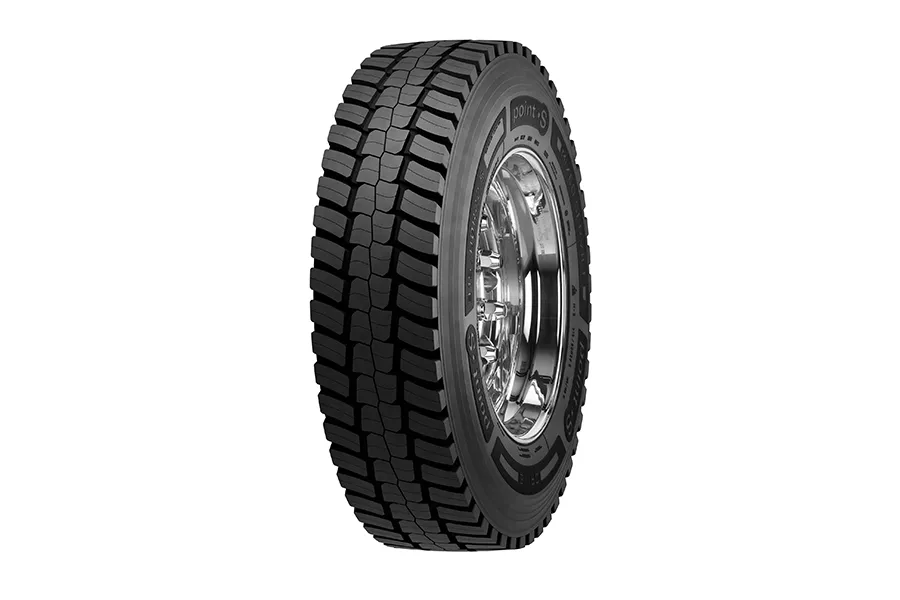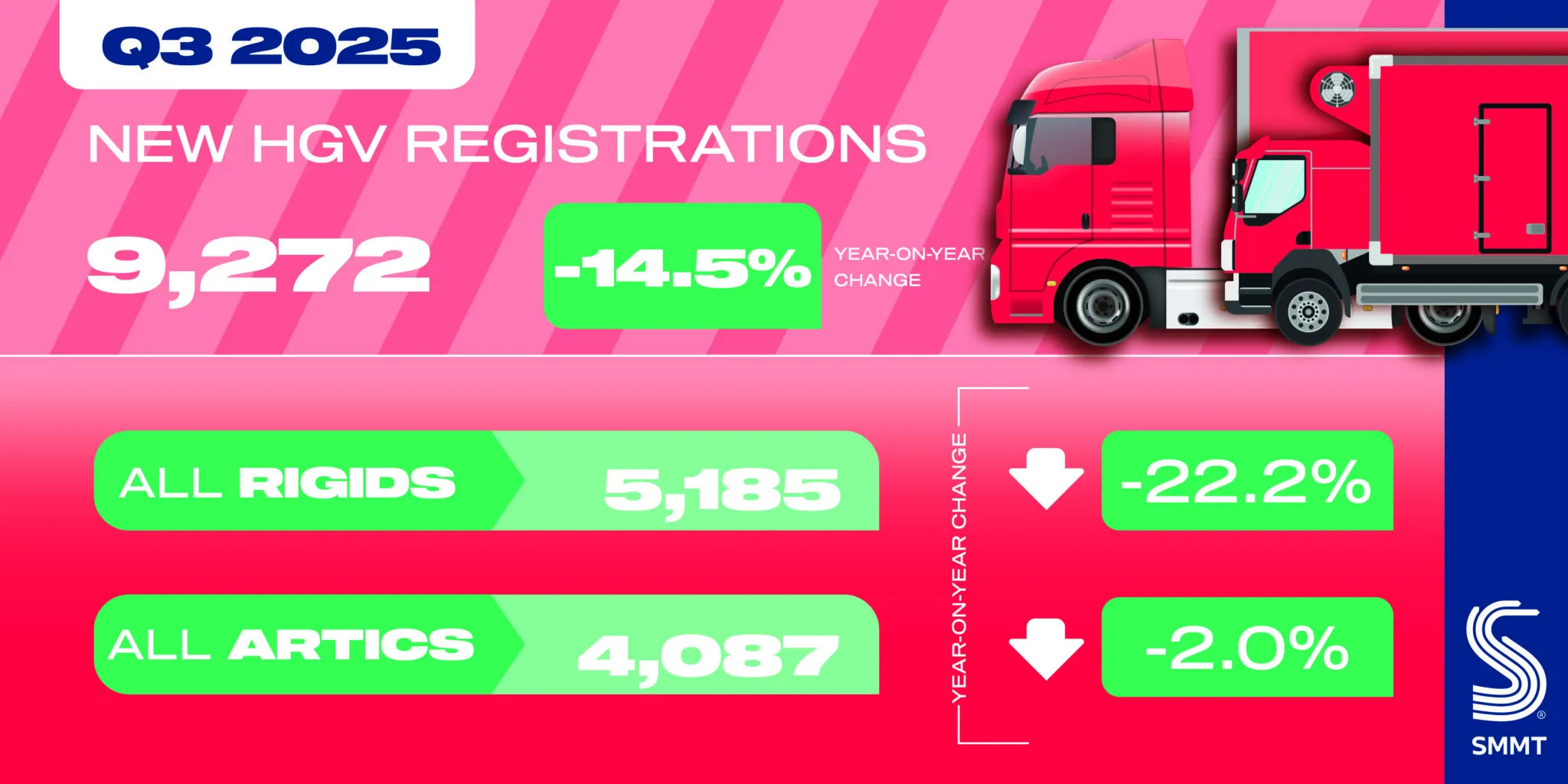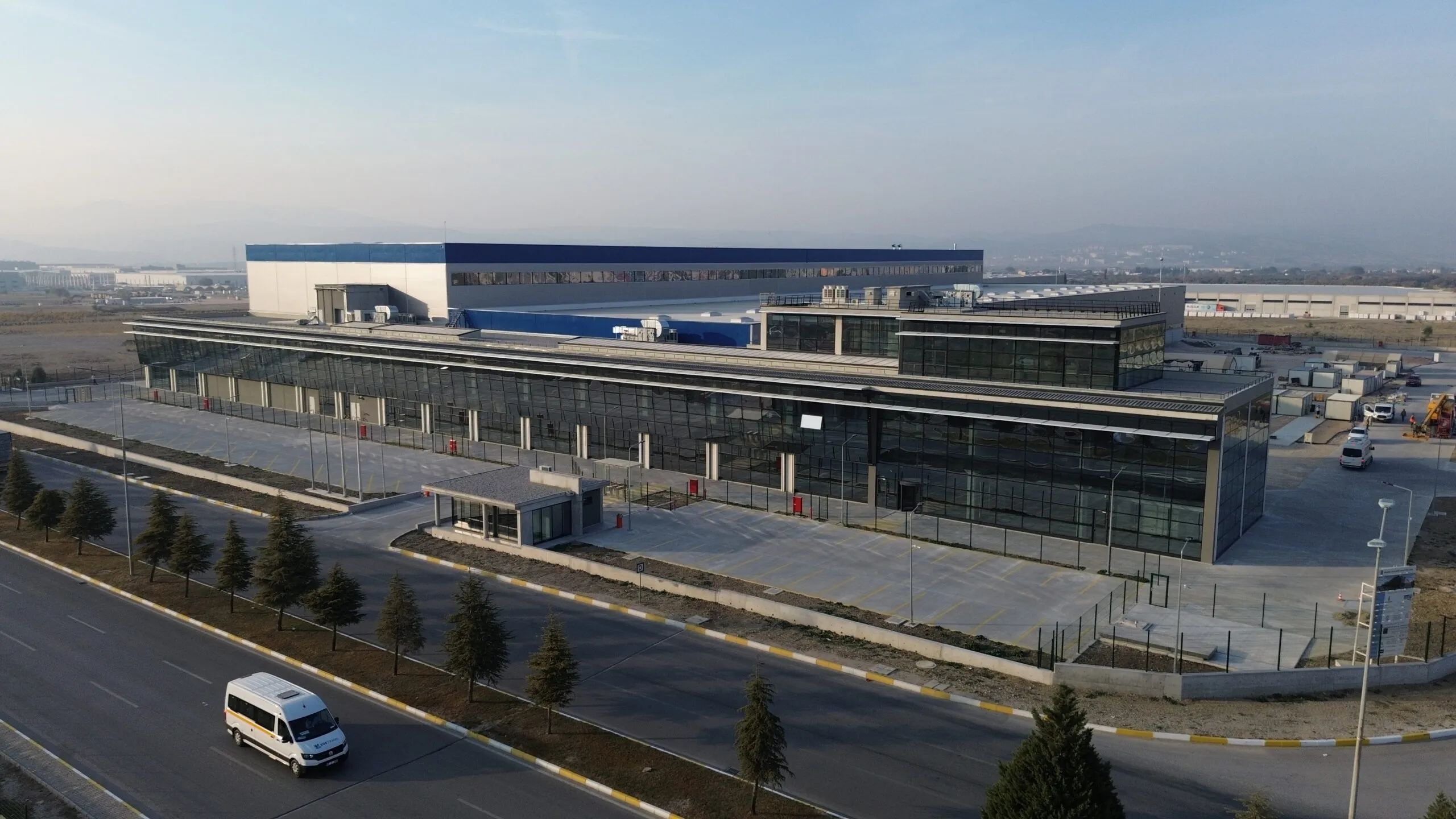The European Tyre & Rubber Manufacturers’ Association (ETRMA) expressed its concerns about the European Commission’s intention to postpone the EU Deforestation Regulation (EUDR) by another year.
Further Delays
Adam McCarthy, ETRMA Secretary General, commented: “The European tyre and rubber industry, together with millions of natural rubber producers, is upstream-ready. A further delay risks prolonging uncertainty for operators who have prepared in good faith and are looking forward to demonstrating their commitment.”
ETRMA emphasised that postponement should not simply push problems down the road. The only way to make extra time meaningful is to use it to introduce real simplification — above all, considering due diligence obligations ending with the statement released by the first placer on the EU market and remaining valid for the whole product commercial life, without involving downstream operators in unnecessary burdens. This approach would also support resolving some of the IT bottlenecks now cited as reasons for delay.
“The objective of halting deforestation is right and urgent. But endless transition periods without simplification will not deliver results,” McCarthy added. “ETRMA calls on EU institutions to ensure that, if more time is granted, it is used to fix the regulation — not to stall it.”
Earlier Calls for Legal Clarity
Back in June 2025, the ETRMA responded to the public consultation on amending Annex I by urging the Commission to incorporate the clarifications from its FAQ document directly into the legally binding text, following the updated guidance from the European Commission on its EUDR regulations.
For those not familiar with the FAQ document, on April 15th, the European Commission issued updated guidance on the application of its EUDR regulations, which are due to be enforced from December 30th, 2025. In the case of the tyre retreading industry, the European Commission confirmed that casings are now outside of the scope of the regulations, whereas retreads are only in the scope of the regulations for “new rubber parts” such as tread rubber.
It is important to note from the outset that the ETRMA has explicitly stated that the FAQs do offer helpful clarification and clearly welcome this development. Despite that, the ETRMA emphasised in its public response that the FAQs are not legally binding and, in their view, the Delegated Act does not explicitly codify the exclusion of the casing component of retreaded tyres, which the FAQs alone currently clarify.
In its proposal, the ETRMA outlined two options to clarify the legal status of retreaded tyres and casings under the pending EUDR implementation.
In option 1, ETRMA proposes amending the HS Code and excluding retreaded and used tyres from the regulation, shifting compliance requirements solely onto tread rubber. This would remove administrative burdens for retreaders and align the regulation with the actual deforestation risk identified.
Option 2 focuses on transposing the FAQ clarification into law, which would confirm that casings are out of scope but still require retreaders to conduct due diligence on tread material. While it provides legal certainty, it creates significant complexity for both retreaders and authorities in tracing tread rubber origins.







